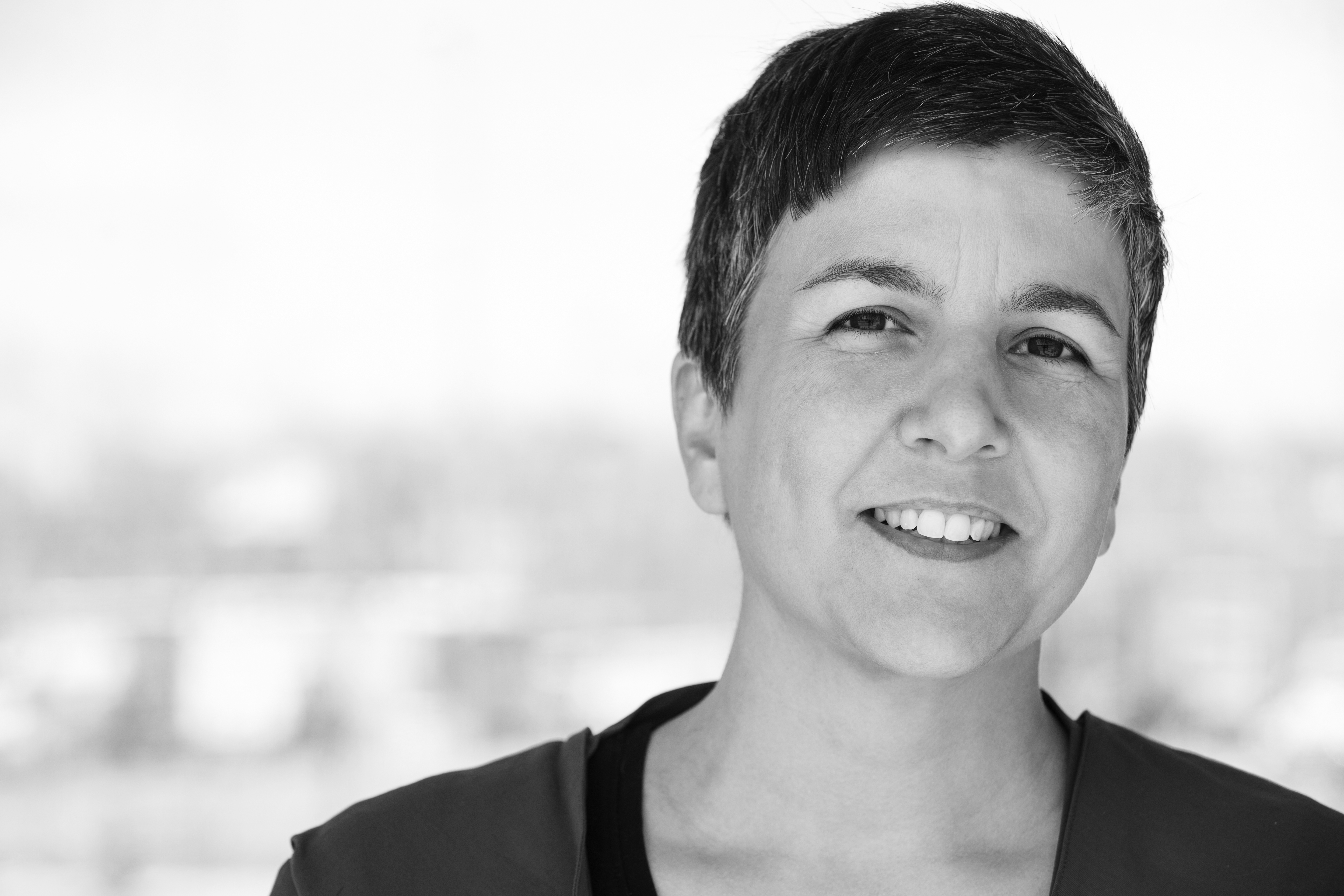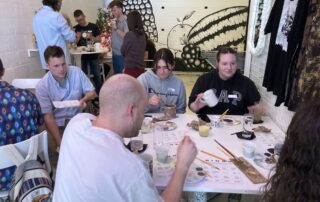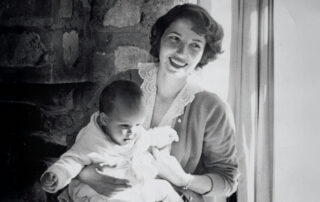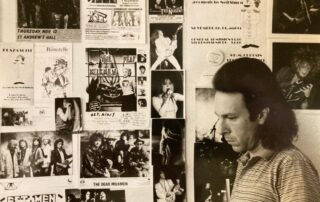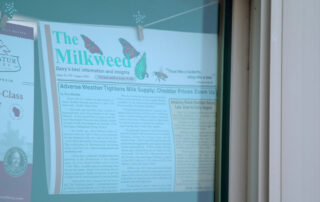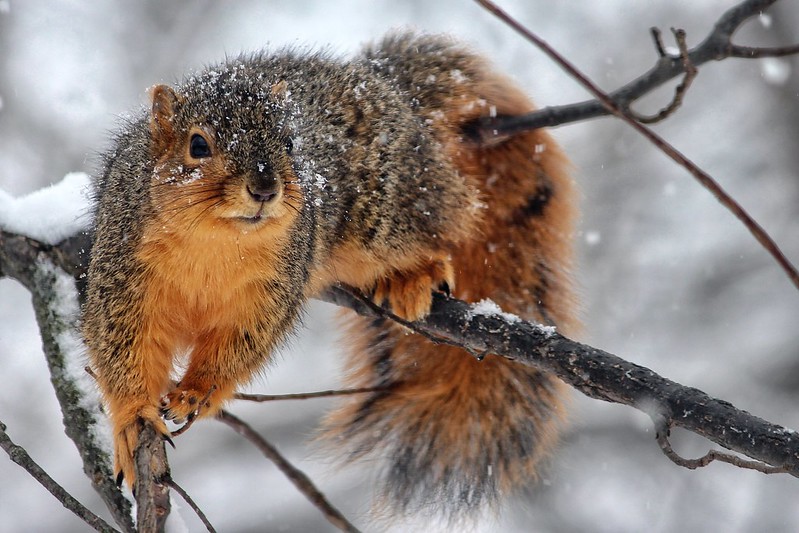Wisconsin has been my home since I came here from the Chicago area for college in the late 1980s. I’m the product of a Mexican-Irish father and a Filipina-Irish mother. In Chicagoland, this isn’t that unusual a provenance. Mexican-Irish is a thing, Filipino-Irish maybe less of one, but in Chicago there are plenty of mixed-race families of all sorts.
My high school class included children of families who had been in the US for generations — mostly white but some black — as well as recent immigrants from the Indian subcontinent, Europe, Latin America, Asia. We came from just about everywhere.
So imagine my shock whenI moved to Milwaukee, a place consistently ranked as one of the nation’s most hyper-segregated cities. I quickly understood that the city was divided along deep lines of color and class. I could literally see those lines. Students leaving the high school split up to wait for the city buses that would take them home: African American kids waited for buses going west, into the central city; white kids waited for buses going south and east. Even the city’s growing Latino population was divided: Mexican vs. Puerto Rican. When I was new in town, the first thing any Latino asked me was Which are you? There were only two choices.
In my early years in Milwaukee, I’d play a bitter sort of game: Tell me your address and I’ll tell you what color you are. I could nearly always get it right. I chose to live in Riverwest, a working-class, artsy neighborhood with a reputation for welcoming mixed-race families and other forms of diversity. But that didn’t mean there wasn’t racial conflict.
I remember going to the neighborhood gas station that first year to buy some bus tickets. It’s one of those inner-city gas stations where customers pay through a window. If you want something from the little store, you have to ask the man behind the counter.You put your money through a narrow slot.
I waited my turn in line, behind an African American man in his late 50s. He asked the gas station employee — an Indian or Pakistani immigrant — to sell him some small, common thing. I don’t remember what it was. What I do remember is how the customer asked for it repeatedly and how the gas station employee seemed to pretend not to understand.
Both of them — the customer, speaking standard black Milwaukee English with its tinges of the US South, and the employee, speaking standard Punjabi-inflected Milwaukee English — spoke clearly and the request was simple, so I couldn’t figure out what was going wrong. The customer repeated his request and each time the employee said, “I do not understand.” Soon, the customer began pretending he didn’t understand what the employee said, leaning into the window and asking, “What was that? What was that?” I watched as their faces, at first graced with polite smiles, hardened into masks of willed unknowing. Eventually the customer walked away empty-handed.
It was a strange transaction and one that alerted me that I was in new territory, a place where people might choose not to understand each other simply to prove a point. A point about who speaks “properly” and what that signifies. About who belongs here and what each of us is entitled to.
Of course it’s not just in Milwaukee that these intergroup tug-of-wars, these half-expressed altercations, happen. Milwaukee’s deep racial segregation merely shone a light for me on the ways we misunderstand each other, all around the country, every day.
Jennifer Morales is the author of Meet Me Halfway, a collection of short stories about race relations in Milwaukee.
